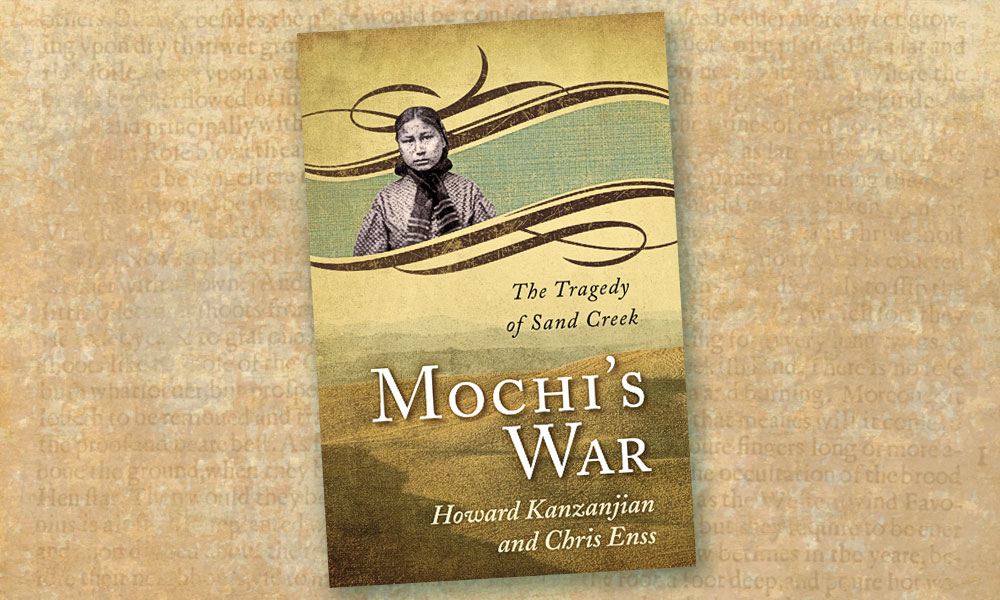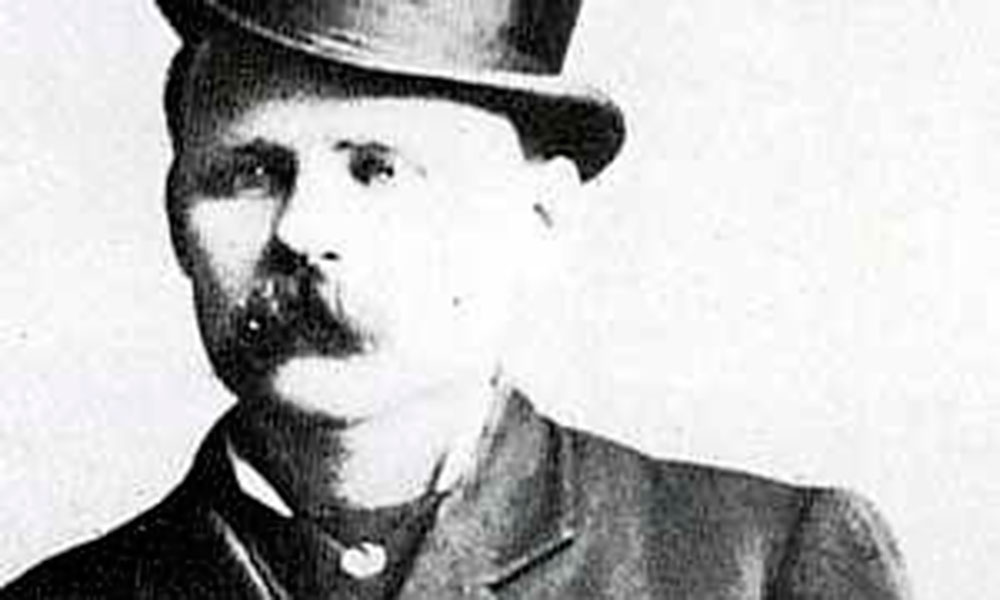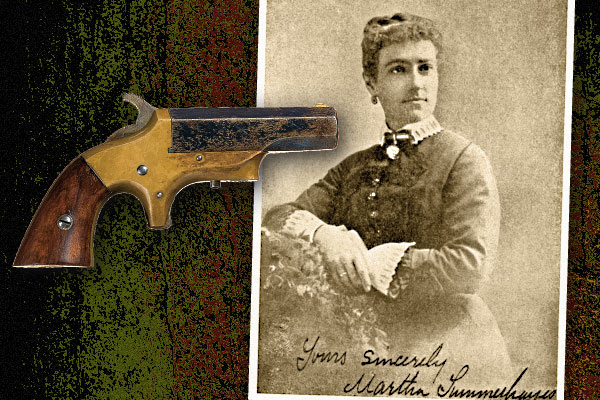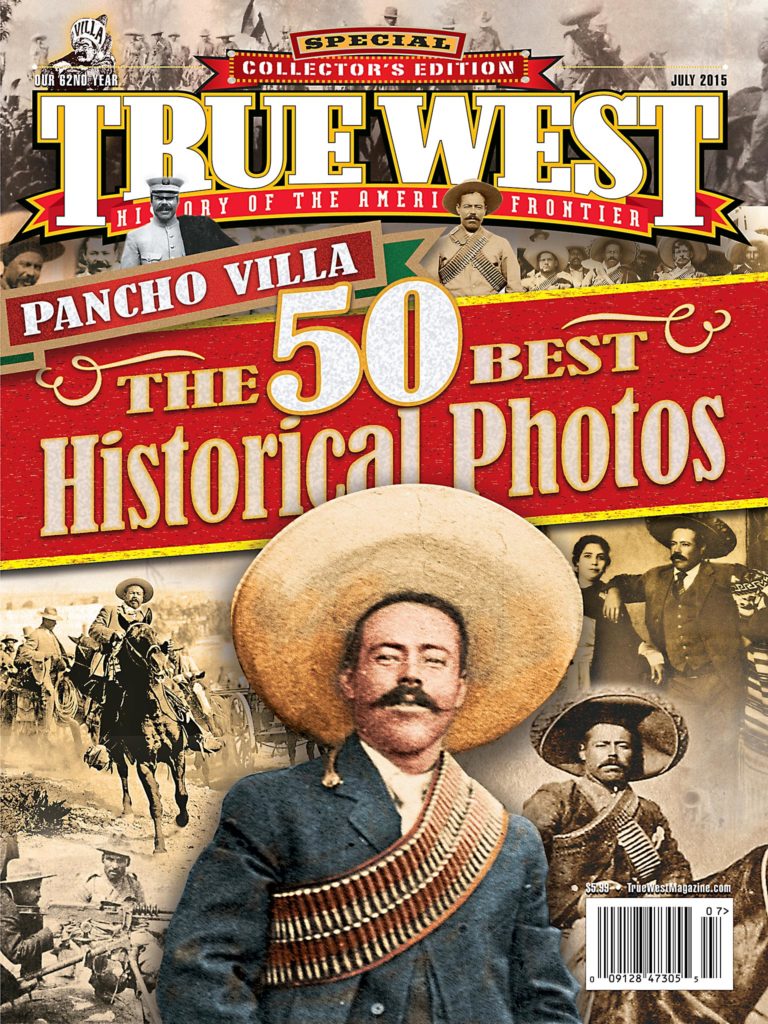John Henry “Doc” Holliday is one of the most mythic well-imagined characters in the annals of Old West popular culture. Victoria Wilcox’s challenge in writing a fictional trilogy of the Georgia-born gunfighter was no easy task—
and one that most authors would find both daunting and intimidating, in light of the plethora of real and imagined interpretations of the gambling dentist.
In The Last Decision (Knox Robinson Publishing, $17.99) the third volume of the Southern Son: The Saga of Doc Holliday series, Wilcox dramatically interprets the best-known era of the gunman’s life—from 1879 to 1887. This book begins soon after Holliday and his on-again-off-again girlfriend Big Nose Kate Elder arrive in Prescott, the bustling territorial capital of Arizona with its famed “Whiskey Row” on Montezuma Street across from the unfinished Yavapai County courthouse. Wilcox’s creative prose is backed by the historic details a novelist of literary history knows require accuracy. Her detailed character research and her personal and professional experience in film and television allow her to bring creative voice to the bedazzled pair who are jealously volatile—and triangulated between layered loyalties and lovers—especially Doc’s allegiance to Wyatt Earp. “Problem was,” Wilcox writes, “Kate didn’t just hate his friend Wyatt—she’d tried to have him killed, back in Dodge City, a sin which John Henry would neither forgive nor forget.”
Wilcox’s decision to refer to “Doc” Holliday as John Henry provides readers the opportunity to understand his life, motivations, relationships, passions, vices and loves through a new identity, rather than the clichéd “Doc” of Hollywood, pulps and popular culture. Like other authors who have met the challenge of fictionalizing—and bringing voice to the Western icon—most recently authors Larry McMurtry, Mary Fancher and Mary Doria Russell—Wilcox worked to create a unique voice that is also as “true” to the history—and the legend—as possible.
Fans of Wilcox’s robust, mythic Southern Son trilogy—on par with Mary Stewart’s Merlin trilogy—will await her next novel with anticipation and confidence that her narrative style will be equally distilled with her distinctive historical interpretation and creative dialogue. In homage to Margaret Mitchell, an obvious literary heroine from Wilcox’s adopted home state of Georgia, Wilcox leaves readers wondering whether she is leaving clues that her passion for Southern history, literature and popular culture will inspire a new series. And while many may want Wilcox to expand the romance in her novels, I for one would suggest that she delve into the darker edges of the seven deadly sins and the triangulations and temptations she eludes to in the unrequited relationship between John Henry Holliday, Kate Elder and Wyatt Earp. Like Jim Thompson’s condemned couple, “Doc and Carol” in The Getaway, and Dorothy Johnson’s flawed characters in her short story The Man Who Killed Liberty Valance, Wilcox might consider mining more of the dark side of the West—and the vices therein—in her next novelization of Western history.
—Stuart Rosebrook





